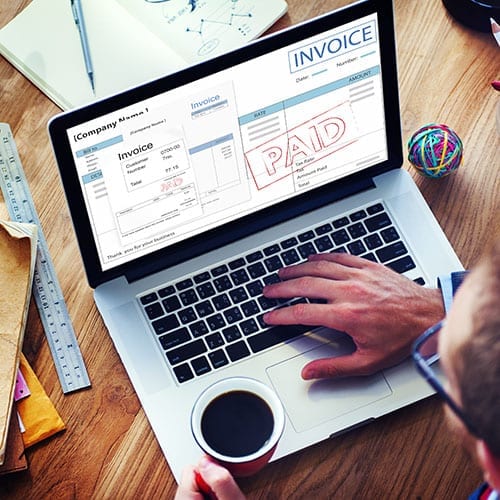
Capital allowances – full expensing
Spring Budget
The capital allowance regime allows businesses to write off the cost of certain capital expenditure against their taxable profits, thus reducing their overall tax bills. Companies were facing an increase in the main rate of corporation tax to 25% from April 2023 at the same point as the previous 130% super-deduction for capital allowances is due to come to an end.
To encourage investment from 1 April 2023 to 31 March 2026, it was announced in the Spring 2023 Budget that companies can claim 100% capital allowances on qualifying expenditure on new plant and machinery. This allows full expensing of certain expenditure in the year it is incurred. This could include equipment, lorries, computers and certain fixtures such as kitchen and bathroom fittings, data cabling and alarm systems. £100,000 spent on qualifying items would give £25,000 off a corporation tax bill for a company with profits over £250,000.
The Chancellor’s aim is to make full expensing permanent, but it has currently been introduced for a three-year period and applies to companies only. As with the super-deduction, the amount of expenditure that can qualify is uncapped.
50% first year allowance
The current 50% first-year allowance (FYA) allows companies to deduct half the cost of certain plant and machinery from their profits in the year of purchase. This will continue for companies on new special rate and long-life assets until 31 March 2026 and includes expenditure such as electrical works, heating systems, lighting and solar panels.
This will be helpful to companies spending more than their £1m annual investment allowance (AIA) limit where 100% tax relief can be achieved. Otherwise, such special rate expenditure would only attract 6% writing down allowances and tax relief would be far slower.
There are still exclusions to consider for full expensing and 50% FYA which include cars, assets which are leased (except if background plant and machinery in a building) and those assets which are not new expenditure. However, the annual investment allowance is still available for leased assets and second-hand expenditure.
Where items to do not qualify for these beneficial allowances then it should be considered whether structures & buildings allowances can apply to achieve tax relief, albeit at a much slower rate.
Care should also be taken when disposing of assets which have qualified for 130% super-deduction, 50% FYA or full-expensing as these can give rise to balancing charges and further corporation tax payable if the proceeds are not used to purchase other assets qualifying for further capital allowances.
Annual investment allowance
We were already aware that the annual investment allowance (AIA) providing 100% tax relief on £1m of expenditure was to become permanent from April 2023. The AIA is available to all businesses, including unincorporated businesses and most partnerships.
There was a technical issue due to the wording in the current legislation which could have led to issues over timing of expenditure for some businesses without 31 March 2023 year ends, however the legislation is to be amended so that the £1m limit is available per annum and will operate fairly as intended.
Deferred tax
One significant issue is that deferred tax on the balance sheet will continue to grow for many companies. Most companies are receiving tax relief under the capital allowance regime far faster than the asset is being depreciated or written off in the accounts.
The Exchequer impact figures released as part of the Spring 2023 Budget show that in 2024/25 full expensing and 50% FYAs are expected to cost over £10bn. However, the figures start to reverse in 2027/28 reflecting that the changes announced today are to be initially introduced for a three-year period.
Electric vehicle charging points
The 100% first year allowance on electric vehicle charging points which was originally intended to end in 2023 will be extended so that the allowance will be available to 31 March 2025 for companies or 5 April 2025 for non-corporate taxpayers.
The capital allowance changes mean that it will be evermore important to identify costs qualifying for capital allowances, along with any associated costs, in order to achieve 100% tax relief in the year of expenditure. This can either save tax payable or lead to losses which may be used to receive tax refunds from HMRC.
Read more analysis in our Spring Budget hub.
Written by












